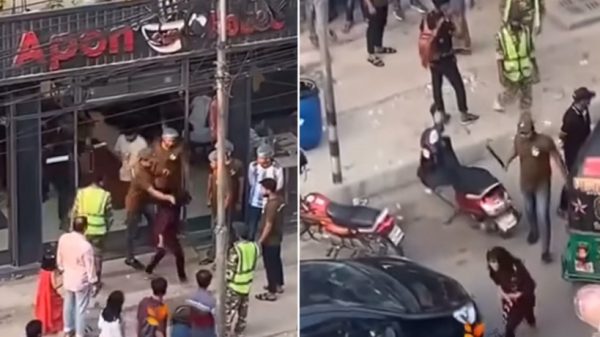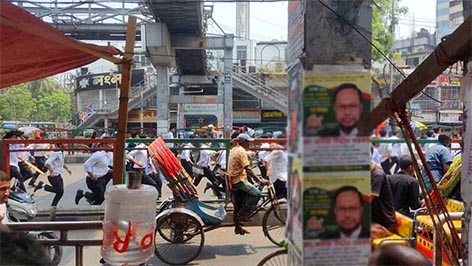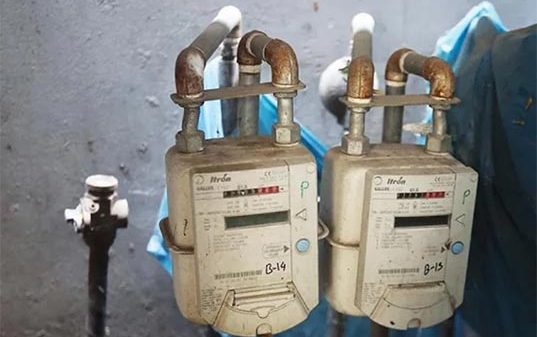48 people dead in US winter storm
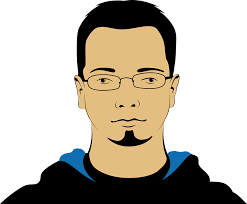
- Update Time : Tuesday, 27 December, 2022, 11:29 am
- 168 Time View
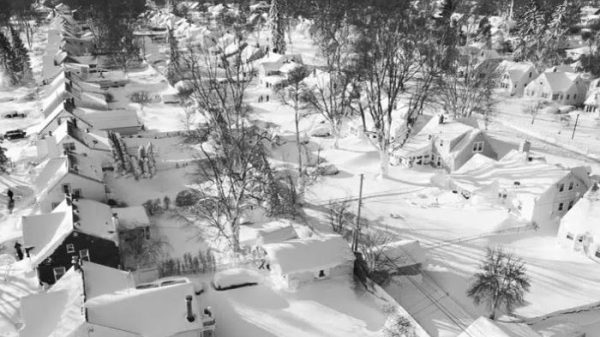
The Daily Morning Voice Online Desk: Freezing conditions from a deadly winter storm in the United States will continue into the week as western New York deals with massive snowdrifts that have snarled emergency vehicles, and travelers across the country see cancelled flights and dangerous roads. The storm has killed at least 48 people and is expected to claim more lives after trapping some residents inside houses and knocking out power to tens of thousands of homes and businesses. Western New York state, near the city of Buffalo, was hardest hit, with 43in of snow falling during a 48-hour, zero-visibility blizzard that also recorded hurricane-force winds. Huge snowdrifts nearly covered cars and there were thousands of houses in the dark.
At least 27 people are known to have died in western New York, ranging in age from 26 to 93 and including a 27-year-old man who was overcome by carbon monoxide after snow blocked his furnace. Many of the deaths occurred after residents took to the roads despite a local driving ban. The deaths were ‘“people found outside and in cars”, a Buffalo police statement read. Police said there were two “isolated” instances of looting during the storm. Rescue teams even found themselves in need of rescue, with all of Buffalo’s firetrucks at one point stranded. Eleven ambulances that had to be abandoned were dug out. “The rescue team was rescuing rescuers … it was so horrible,” Erie county executive Mark Poloncarz said on Sunday. “When the rescuers have to be rescued, I’m not certain what else we could have done.”
Two people also died in their homes in the Buffalo suburb of Cheektowaga when emergency crews could not reach them in time to treat their medical conditions. Other people were trapped in their cars for more than two days, as cold Arctic air moving east over the Great Lakes caused enormous amounts of precipitation. “This is a war with Mother Nature” the New York governor, Kathy Hochul, said during a news conference. “This will go down in history as the most devastating storm in Buffalo’s long-storied history of having battled many battles, many, many major storms”. Buffalo resident Jeremy Manahan said he had been almost 29 hours without electricity. “There’s one warming shelter, but that would be too far for me to get to. I can’t drive, obviously, because I’m stuck,” he said. “And you can’t be outside for more than 10 minutes without getting frostbitten”.
Zila Santiago told the New York Times he had been trapped in a snowbank in his car with his four young children for 11 hours. He called emergency services, the national guard and friends for help, but said none came. He distracted his children, he said, by watching Disney’s Frozen. Santiago, a single father, said he had taken to the roads because he couldn’t afford to leave the kids with their babysitter. “I was basically just hopeless,” he told the outlet. “This is not something that I’ve been through or experienced in my lifetime.” The extreme weather stretched from the Great Lakes on the Canadian border to the Rio Grande along the border with Mexico. About 60% of the US population faced some sort of winter weather advisory or warning, and temperatures plummeted drastically below normal from east of the Rocky Mountains to the Appalachians.




